Pop quiz!
What’s the best way to reduce customer churn?
a. Build a better product
b. Improve the user experience (UX)
c. Fix all of the bugs
d. Educate your customers and show them how to be successful
There’s no denying that a, b, c and d impact the churn rate, but one of them takes the cake: D. In today’s business climate, educating your customers and showing them how to be successful with your product or service is the best way to reduce churn. There’s simply no way around it.
Bonus Content 🚀
Customer Education Program Checklist: 5 Simple Steps to Guarantee a Successful Launch
Keep Customers Happy in 2022 with Online Training
10 Ways to Improve Your Customer Education Strategy in 2022
What’s Customer Churn?
Customer churn — also known as churn rate — is the percentage of current customers who stopped using your product or service during a period of time (e.g., this month, this quarter, this year, etc.). Churn is the opposite of retention and while you can’t keep every customer forever, a high churn rate almost always indicates that your business is in trouble.
To calculate customer churn, take the total number of lost customers during a period of time, the total number of customers at the start of that period and multiply by 100. The formula is below for your reference.
Churn Rate Formula
(Lost Customers ÷ Total Customers at the Start of Time Period) x 100.
For example, if you had 1,000 customers at the beginning of the month and lost 100 customers by the end, you’d divide 100 by 1,000. You’d get an answer of .1 and then multiply by 100, giving you 10%, meaning that your churn rate for the month was 10%.
Why Do Customers Churn?
Customers can churn for a lot of reasons. For a SaaS customer, it could be because the product doesn’t help them do their job or the UX is too complex. A gig economy worker hoping to create an additional stream of income with an app like DoorDash could churn because they aren’t making the money they thought they would.
The list goes on, but no matter the reason, the core is the same: They aren’t getting the expected value (i.e., it’s not helping the SaaS customer or making the gig worker extra money). When the expected value isn’t realized or the product is too difficult to use, they leave.
Case and point: 80% of people have deleted an app because they didn't know how to use it.
Other Reasons Why Customer Churn
- Poor product or service engagement
- Poor product-market fit (i.e., the product doesn’t help improve business outcomes)
- Product bugs
- Subpar support
- Difficult user experience or user interface
How Customer Education Helps Reduce Churn
Customer churn is arguably the biggest threat to business longevity today. The best way to tackle it is with a customer education program that proactively and seamlessly provides your customers with the knowledge, tools, resources and support they need to be successful. Here are 4 reasons why.
It Accelerates Onboarding (and Decreases TTV)
While strategizing how to reduce customer churn is a long-term initiative, reducing it begins the moment someone starts using your product or service. Said another way, the instant someone becomes a customer (or a new administrator), you must start showing value. Your customer education program does this by kicking off an effective and efficient onboarding process.
When it comes to retaining customers, the name of the game is time to value (TTV) — and keeping it as close to zero as possible. To do this, you need to supply your customers with the knowledge and resources necessary to succeed with your product or service. For the gig economy worker, that’s figuring out how to use the app to make money. For the SaaS customer, it’s using the technology to improve business outcomes and performance. The quicker you can reach this point, the less likely someone is to churn, which is preciously what a customer education program aims to do.
It Boosts Product or Service Adoption
Getting customers up to speed is great, but it’s all for naught if you can’t get them to maintain adoption long term. You can think of product or service adoption and TTV as “1a” and “1b” on the list of important metrics to keep an eye on.
A customer education program improves adoption by continuously and proactively providing your customers everything they need to be successful — think, an instructor-led webinar about a nifty new feature, a lunch-and-learn with a CSM to cover advanced strategies or a blog in a knowledge center with responses to FAQs. Think of a customer education program as the modern-day manual; the same ones older generations relied on to understand how to use something. Today’s version is just 100x better and doesn’t require you to shuffle through a junk drawer to find.
It Maximizes Net Promoter Score (NPS)
According to Merriam-Webster, the definition of loyalty is: “unswerving in allegiance.” Understandably, most people, including myself, associate the word with a loyalty to friends and family. But in today’s technology-driven world, loyalty to a product should be top-of-mind, especially if you want to reduce customer churn.Whereas you can gauge someone’s loyalty by how they treat you and the people around you, the best way to measure customer loyalty is tp look at their Net Promoter Score (NPS) or a measure of their experience. Said another way, NPS measures how happy they are. Obviously, this has a MASSIVE impact on the likelihood of churn. I mean, are you going to stop using something you love? Heck no.
Where does customer education come into play? A customer’s happiness, as it’s related to your business, is heavily tied to their ability to benefit from your product or service. If they know how to do that, they’ll remain happy. When they’re happy, they remain loyal. And when they’re loyal, they stay in your book of business for years to come.
It Uncovers Customer-level Insights
For better or worse, the world is always changing. New technology emerges and peoples’ preferences change. This evolution — however it manifests — is an inevitably, forcing you to constantly reassess your business, product or service. As a result, how you educate your customers will always be evolving.
The question for you is: What changes are necessary and when should you make them?
Data, of course.
A customer education program gives you a glimpse into your customers’ minds and shows you what’s working and what’s not. How? By seeing which topics they’re struggling with (maybe one about a certain feature). By showing you which content mediums generate the best engagement (for example, videos vs. blog posts). A customer education program offers you these insights — and a whole lot more — which you can use to make a stickier learning experience. You can get these insights via surveys and face-to-face meetings (even if it’s through a screen). But you can also glean them without direct customer interaction (i.e., the results of their learning activity can tell you what you want to know). So, if you don’t want to bug them, you don’t have to.
Reducing Churn With an LMS: A White-glove Experience Without the Heavy Lifting
Any form of education will benefit your customers. But if you’re looking to reduce your churn rate even more, you’ll build your program on the back of a learning management system (LMS), like Northpass.
The primary benefit of using an LMS to power your customer education program is that it makes scaling simple. Why is this important? Because traditional customer education methods involved one-to-one interactions with customers (i.e., you’d sit down with your entire book of business and go over the information). It’s an effective approach, sure, but as you grow, it’s an unstainable model that’ll drastically diminish the learning impact.
But with an LMS, you can easily deliver tailored content to hundreds — even thousands of customers — whenever and wherever they need it. Not only does this keep you in lockstep with a growing army of customers it frees up your support teams and CSMs to have deeper and more strategic conversations with customers; conversations that lead to more adoption, upsells and CLTV. In essence, you’re providing a white-glove experience without all the heavy lifting.
Want to see Northpass in action? Reach out today and one of our customer education experts will be in touch.

.png?width=3251&height=1107&name=NP_ByGS_ColorLogo%20(1).png)


